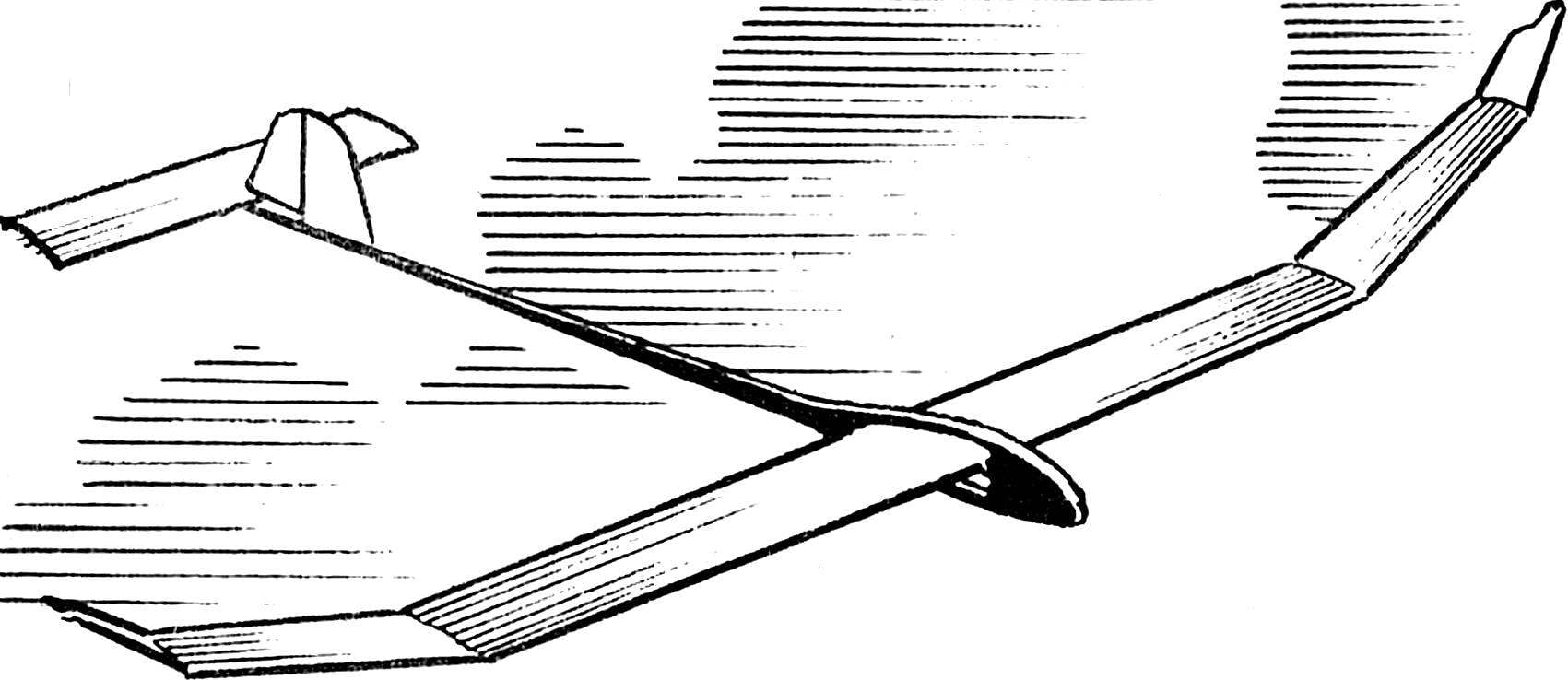 Among the priority directions of search to achieve the best results in athletes performing in class gliders F1-A, now in a special place is dinamalar — because of its effectiveness and opening new possibilities. And the point here is not only to guarantee additional 10-15 metres in height at the start, immediately after disengagement of a rail. Provide diametrom growth lead to qualitative changes in the tactics of the competition, greatly expanding the possibility of falling in the thermals. Because every additionally recruited a meter of height increases the influence of ascending streams.
Among the priority directions of search to achieve the best results in athletes performing in class gliders F1-A, now in a special place is dinamalar — because of its effectiveness and opening new possibilities. And the point here is not only to guarantee additional 10-15 metres in height at the start, immediately after disengagement of a rail. Provide diametrom growth lead to qualitative changes in the tactics of the competition, greatly expanding the possibility of falling in the thermals. Because every additionally recruited a meter of height increases the influence of ascending streams. The wing of the model, which brought its creators win at the Championships of the USSR 1989, 1990, success in competitions at the USSR Cup 1990, is a box-like structure. It is made with wide application of composite materials. The caisson of the center section formed of two layers of carbon fabric with a thickness of 0.08 mm with epoxy resin hot curing. The fiber direction of ± 45°. Forming is at a temperature of +180°C, designed for this purpose the electric furnace.
Caisson console molded from a single layer of carbon fabric with a thickness of 0.08 mm (fiber direction along the wing) and is reinforced with carbon filaments in the direction of ±45°.
The spar is constructed from two carbon-shelves of the same size and the balsa walls with horizontal layers. On the edge of the caisson wall reinforced the balsa with two layers up, with fiber direction 0° and 90°. Section shelves of the spars at the root, at the ends of the center section and the console, respectively, 10,5X0,9 mm, 2,5X0,5 mm and 1X0,5 mm.
Of the caisson located inside the balsa leading edge is 2 mm thick balsa noses with a thickness of 1.4 mm.
